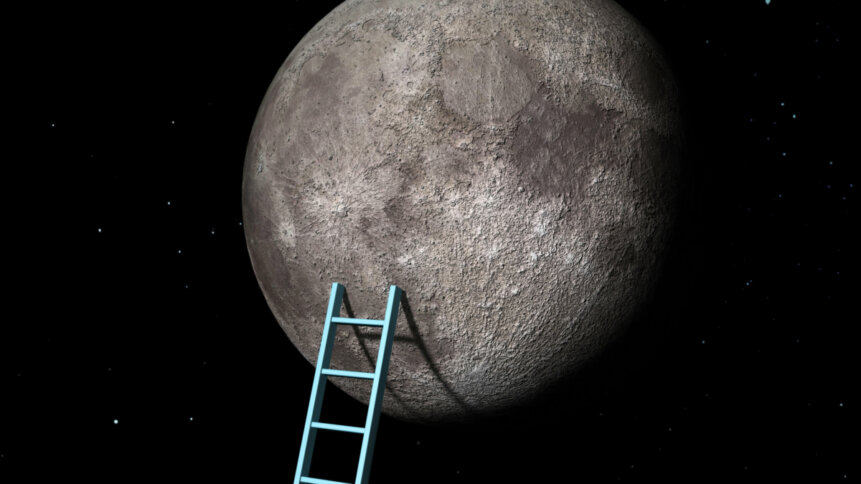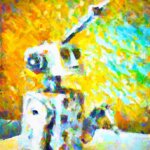Another moon conspiracy: Samsung’s Space Zoom is actually AI

Samsung’s camera zoom capabilities are a major selling point for its smartphone range, a one-up against competitor iPhones. But the idea that the phones use a “Space Zoom,” which boasts the ability to take high-resolution shots of objects as far away as the moon, has now been debunked: instead, AI is used to add detail that isn’t actually there to the shots.
Theoretically, the range of phones including the Galaxy S23 Ultra has a 100x zoom level, created by augmenting 3x and 10x telephoto cameras with a digital zoom, aided by Samsung’s AI Super Resolution technology.
Samsung openly uses AI to achieve Space Zoom, assuring that the feature uses up to 20 pictures, then processes them as a composite with AI. The AI identifies the content of the scene and performs a “detail enhancing function” on the subject.
In 2021, claims were made that Samsung’s camera zoom capabilities were fake, and would overlay detail onto any moon-like subject. However, an investigation tried to trigger AI processing onto a clove of garlic and a table tennis ball on a black background to no avail. As such, “proof” that Samsung was faking the moon photos wasn’t found.
Enter, Reddit user ibreakphotos. On Friday, posting to the Android subreddit, the user declared Samsung’s Space Zoom moon photos to be fake. What’s more, they claimed to have empirical proof. They pointed out that no one has successfully shown that Samsung’s camera zoom capabilities are real (or that they’re fake) so far.
According to the post, the user had “always had doubts about [the moon photos’] authenticity, as they appear almost too perfect.” Apparently, the images aren’t “outright fabrications,” but they’re also not completely genuine.
In order to prove the fact, the reddit user downloaded a high-res image of the moon and downsized it to 170x 170 pixels, then applied a Gaussian blur. This removed the detail — “the information is just not there.”
To test the camera, they then put the image full-screen on their monitor and, from the other side of a darkened room, zoomed in on the monitor and took a photo (process available to watch here).
So, the camera zoom is actually just leveraging AI to put craters and other details into places that were really just a blur. This isn’t a case of additional processing, as in super-resolution, when multiple frames are combined to recover detail that would be lost: in this case, a specific AI model, trained on a set of moon images, recognizes the moon and adds a moon texture to the image.
The test proves that there’s no multi-frame sharpening at play, because in that case, every shot would be of the same low-resolution image of the moon. As such, the detail has been added from somewhere other than what the camera was “seeing.”
Harmless enhancement? Samsung’s camera zoom lies
The ethics of AI in photography tie into questions about AI and art. It is worth noting that the experiment relates only to use of the Space Zoom feature to photograph the moon — in other use cases, the zoom capabilities might genuinely just use AI to enhance the images captured (although this user says alarm bells rang when they tried to photograph streetlights a mile away, and they came out blurrier than a picture of the moon).
As such, it could be that AI is making photography more accessible by allowing hi-res images to be taken from a distance without expensive equipment. However, it could also be argued, as one comment on an appleinsider article says, “you may as well just use Google images.”
What’s raised by the moon photos being fake is the worry that AI is being used without acknowledgement; consumers are engaging with the feature without knowing that it isn’t what it says on the box. Space Zoom is toeing the line between harmless application and ominous misdirection.
Falsifying the detail on a picture of the moon isn’t alarming, but as deepfakes and fraud using computer-generated imagery or text get increasingly common, the issue of transparency around AI needs to be scrutinized.









